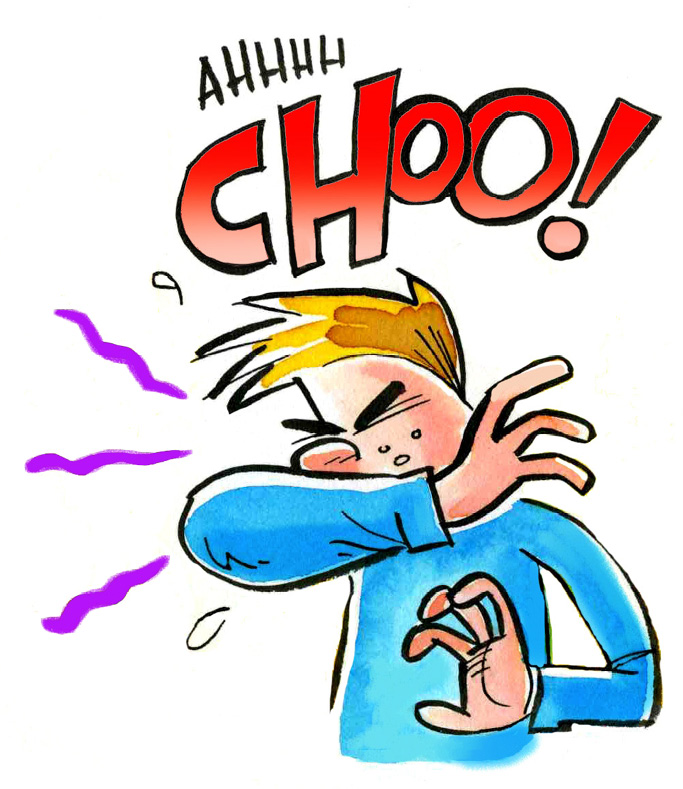
2, 3, 4 Mechanistic researchers classify cough as induced cough, voluntary cough, and spontaneous cough when referring to study methodology. 2 Physicians categorize cough by its duration and cause. The terms used to describe cough types in the literature are variable and inconsistent.


1 The authors performed a review of the literature by using PubMed and MEDLINE from 1951 to 2019 and using the search terms shown in Table 1.
#COUGH ARTCLIP UPDATE#
The purpose of this review is to update in two parts the section on global physiology and pathophysiology of cough in the 2006 American College of Chest Physicians cough guidelines. A greater understanding of the typical features of cough, and their variations, may allow a more informed interpretation of cough measurements and the clinical relevance for patients. This is the first of a two-part update to the American College of Chest Physicians 2006 cough guideline it provides a more global consideration of cough phenomenology, beyond simply the mechanical aspects of a cough. Lastly, because the clinical assessment of patients largely focuses on the duration rather than morphological features of cough, we review the morphological features of cough that can be measured in the clinic. New information about acoustic characteristics is presented, and recent insights into cough triggers and the patient cough hypersensitivity phenotype are explored. We update the understanding of mechanical and physiological characteristics of cough, adding a contemporary view of the types of cough and their associated behaviors and sensations. We describe the basic phenomenology of cough patterns, behaviors, and morphological features. A review of the literature was conducted using PubMed and MEDLINE databases from 1951 to 2019 and using prespecified search terms. The purpose of this state-of-the-art review is to update the American College of Chest Physicians 2006 guideline on global physiology and pathophysiology of cough.


 0 kommentar(er)
0 kommentar(er)
